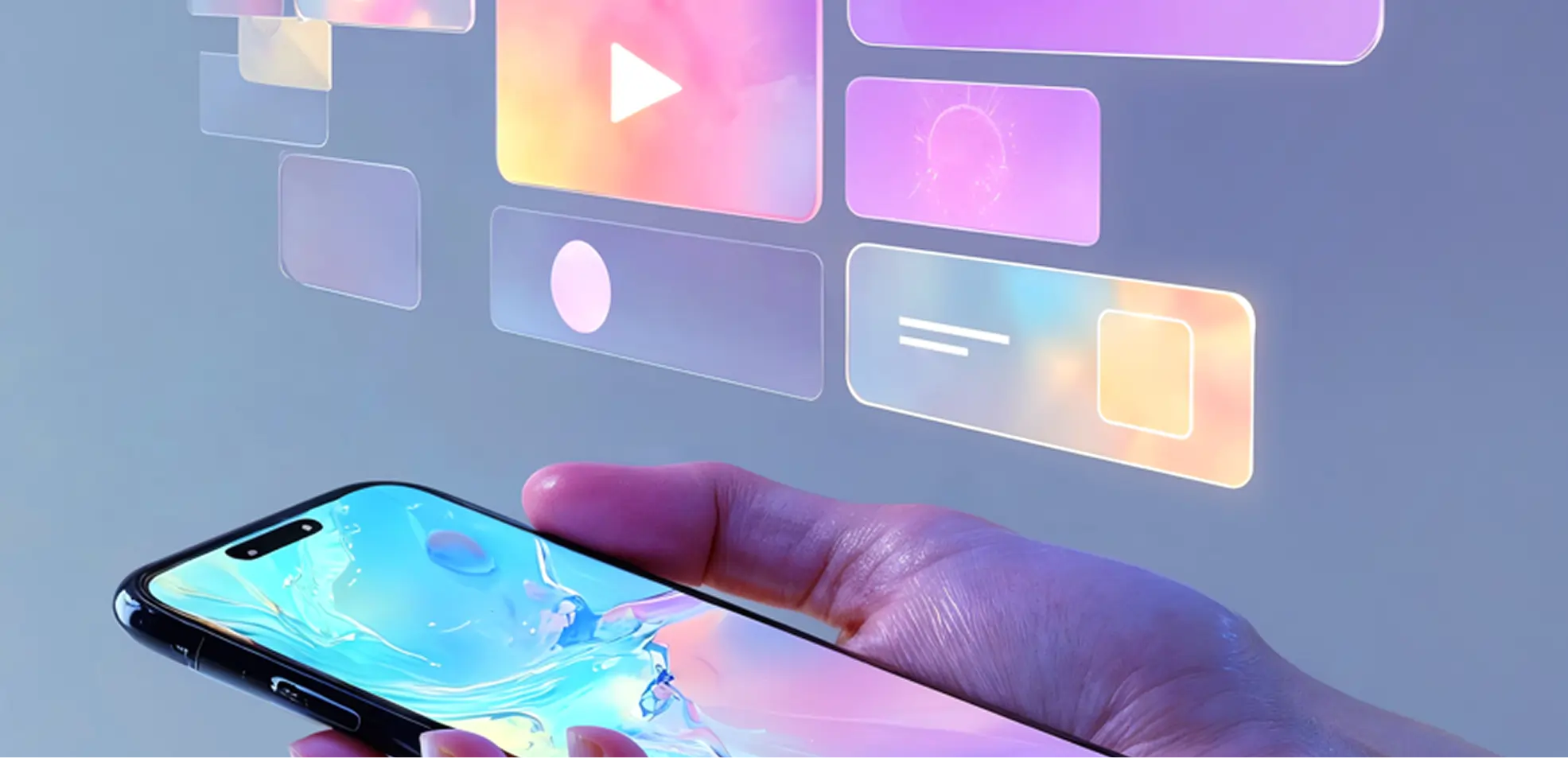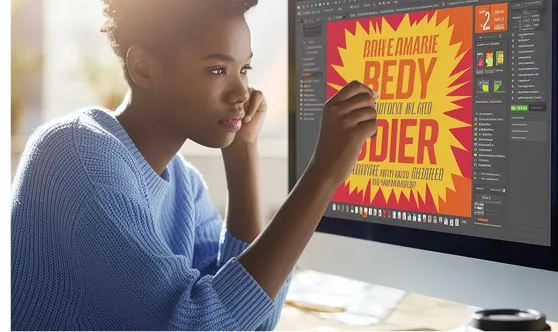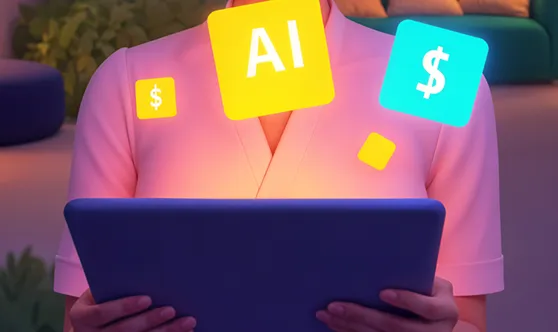
Analyzing over 10,000 user interactions with AI video platforms revealed the top 20 questions that consistently challenge creators and marketers alike. These inquiries span from foundational concepts to advanced techniques, addressing the most common hurdles and misconceptions. Whether you're just starting with AI-driven video production or looking to optimize your existing workflows, this comprehensive Q&A guide offers actionable solutions and expert advice to enhance your AI video endeavors.
Answer: AI video refers to the use of artificial intelligence technologies to create, edit, and enhance video content. Unlike traditional video production, which relies heavily on manual processes such as filming, editing, and post-production, AI video leverages machine learning algorithms to automate these tasks. This can include automated scene detection, voice synthesis, video enhancement, and content personalization. The primary differences are in efficiency, scalability, and the ability to personalize content at scale.
Example: For instance, an AI video tool can automatically generate subtitles by transcribing spoken words, eliminating the need for manual transcription. It can also adapt video content to different languages through AI-driven translation and dubbing.
Common Misconception: Some believe AI can fully replace human creativity in video production. While AI significantly enhances efficiency and provides powerful tools, human oversight and creativity remain crucial for producing high-quality and engaging content.
Answer: AI in video production is utilized for various applications, including:
Example: A marketing team can use AI to create personalized video ads for different audience segments, automatically adjusting the messaging and visuals based on user data.
Actionable Solution: Start by identifying which aspect of your video production process can benefit most from AI. Implementing automated editing tools can save time, while AI-driven analytics can provide deeper insights into viewer engagement.
Answer: AI can generate video content from text or scripts through a process that involves natural language processing (NLP) and computer vision techniques. Tools like text-to-video generators parse the script to understand the context and intent, then create corresponding visual elements such as scenes, characters, and animations. These tools often use large datasets and pre-trained models to produce realistic and contextually appropriate visuals.
Example: Using a text-to-video platform, a user can input a script describing a product demonstration. The AI will generate a video featuring a virtual presenter showcasing the product, complete with relevant graphics and animations based on the script's content.
Troubleshooting Tip: Ensure your script is clear and detailed to help the AI accurately interpret the desired visuals. Ambiguous or vague descriptions can lead to less accurate video generation.
Answer: Several AI tools are renowned for creating videos from scratch:
Example: A company can use Synthesia to create training videos with a consistent virtual instructor, reducing the need for recurring filming sessions.
Actionable Solution: Evaluate your specific needs—whether it's avatar creation, script-to-video conversion, or visual enhancement—and choose the tool that best aligns with your project requirements.
Answer: AI enhances video personalization by analyzing viewer data, such as preferences, behavior, and demographics, to tailor content accordingly. This can involve modifying video elements like recommendations, dynamically changing content based on user interactions, and creating personalized messages or experiences within the video.
Example: Streaming platforms use AI to recommend videos based on a user's watch history and preferences. Similarly, marketing campaigns can deploy personalized video messages that address individual customers by name and cater to their specific interests.
Configuration Sample: Implementing AI-driven personalization may involve integrating recommendation algorithms. For example, using collaborative filtering in a recommendation engine:
from sklearn.neighbors import NearestNeighbors
import numpy as np
# Sample user preference data
user_preferences = np.array([
[5, 3, 0],
[4, 0, 2],
[1, 1, 0],
[0, 0, 5],
])
# Initialize Nearest Neighbors model
model = NearestNeighbors(n_neighbors=2, algorithm='auto').fit(user_preferences)
# Example: Find neighbors for a new user preference
new_user = np.array([[5, 2, 0]])
distances, indices = model.kneighbors(new_user)
print(indices)
Common Misconception: Personalization needs to mean overcomplicated or intrusive data collection. In reality, effective personalization leverages existing data ethically to enhance user experience without compromising privacy.
Answer: Integrating AI with existing video workflows can present several challenges:
Troubleshooting Tip: Start with a small-scale pilot project to identify integration issues and adjust workflows accordingly before scaling up AI implementation.
Actionable Solution: Conduct a thorough assessment of your current workflow and identify areas where AI can add value. Invest in training and choose AI tools that offer seamless integration with your existing systems to minimize disruption.
Answer: Low-quality AI-generated videos can result from several factors, including:
Improvement Strategies:
Real-World Example: A content creator experienced blurry videos when using an AI video generator. By increasing the output resolution and providing clearer textual descriptions, the video quality significantly improved.
Answer: Reducing rendering time for AI-generated videos can be achieved through several approaches:
Configuration Sample: Implementing GPU acceleration in a rendering pipeline can significantly reduce time. For example, using CUDA with Blender:
import bpy
# Enable GPU rendering
bpy.context.scene.cycles.device = 'GPU'
# Set CUDA as the compute device
bpy.context.preferences.addons['cycles'].preferences.compute_device_type = 'CUDA'
# Select all available GPUs
for device in bpy.context.preferences.addons['cycles'].preferences.get_devices():
device.use = True
Common Misconception: Believing that only high-end GPUs can make a difference. While top-tier hardware provides the best performance, even mid-range GPUs can offer significant improvements over CPU-only rendering.
Answer: Yes, AI video tools can be customized for specific industries by tailoring features and functionalities to meet the unique requirements of each sector. This customization can involve:
Example: In the real estate industry, AI video tools can be customized to automatically generate virtual property tours from listing data, incorporate interactive maps, and highlight key features tailored to potential buyers.
Actionable Solution: Identify the specific needs of your industry and collaborate with AI tool providers to develop or customize features that address those needs, ensuring a better fit and more effective video production.
Answer: Integrating AI video tools with your existing software stack involves several steps:
Configuration Sample: Integrating an AI video tool with a content management system (CMS) using a REST API:
import requests
# Define API endpoints
ai_video_api = "https://api.aivideo.com/generate"
cms_api = "https://api.yourcms.com/content"
# Fetch content from CMS
response = requests.get(cms_api, headers={'Authorization': 'Bearer YOUR_TOKEN'})
content = response.json()
# Prepare data for AI video generation
video_data = {
"title": content['title'],
"script": content['body'],
"theme": "corporate"
}
# Send request to AI video tool
video_response = requests.post(ai_video_api, json=video_data)
video_url = video_response.json().get('video_url')
# Update CMS with generated video URL
update_response = requests.post(f"{cms_api}/{content['id']}/video", json={"video_url": video_url}, headers={'Authorization': 'Bearer YOUR_TOKEN'})
Troubleshooting Tip: Ensure that both APIs are accessible and that you have the correct permissions and credentials. Refer to the documentation of both tools for specific integration guidelines.
Answer: To ensure AI-generated videos comply with copyright laws:
Example: When using AI to generate background music, choose AI tools that create original compositions or offer royalty-free licenses to avoid infringement issues.
Common Misconception: Assuming that AI-generated content is automatically free of copyright restrictions. While AI can create original content, it’s essential to verify the sources and licenses of any elements included in the final video.
Answer: Best practices for optimizing AI video performance include:
Example: Implementing GPU acceleration for AI video processing can significantly reduce rendering times and improve overall performance, especially for high-resolution projects.
Actionable Solution: Conduct performance audits of your AI video workflows to identify areas for improvement. Invest in necessary hardware upgrades and optimize software settings to enhance efficiency and output quality.
Answer: Emerging trends in AI video technology include:
Example: AI-powered VR platforms are creating personalized virtual environments that adjust in real-time based on user interactions and emotional responses, enhancing the immersive experience.
Actionable Solution: Stay informed about the latest advancements in AI video technology by following industry publications, attending webinars, and experimenting with new tools to incorporate cutting-edge features into your video projects.
Answer: AI is revolutionizing video marketing by enabling:
Example: A retail brand uses AI to create personalized video ads that feature products aligned with each viewer's shopping history and preferences, resulting in higher click-through rates and sales.
Common Misconception: Believing that AI can replace the need for creative strategy in video marketing. In reality, AI complements creative efforts by providing data-driven insights and automation, but human creativity remains essential for crafting impactful marketing messages.
Navigating the complexities of AI video production is made easier by understanding the key questions and solutions that professionals encounter. From foundational concepts to advanced techniques, this guide provides the necessary insights to enhance your AI video projects, mitigate common challenges, and stay ahead in a rapidly evolving landscape. Embrace these expert answers and practical examples to optimize your AI-driven video creation and maximize its impact.




Subscribe to our newsletter to receive $100 off your first month of Tapflare's flat rate unlimited design and development service. Your coupon code will be sent to your email.